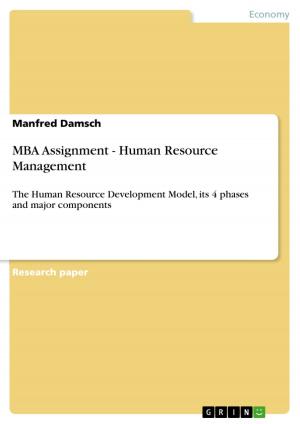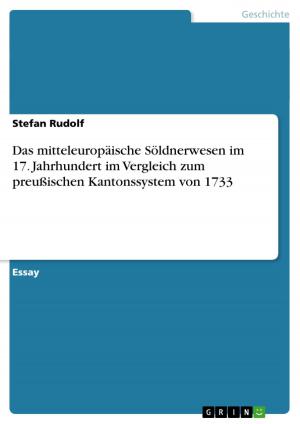| Author: | Richard Grünert | ISBN: | 9783640677610 |
| Publisher: | GRIN Verlag | Publication: | August 9, 2010 |
| Imprint: | GRIN Verlag | Language: | English |
| Author: | Richard Grünert |
| ISBN: | 9783640677610 |
| Publisher: | GRIN Verlag |
| Publication: | August 9, 2010 |
| Imprint: | GRIN Verlag |
| Language: | English |
Seminar paper from the year 2009 in the subject English - Pedagogy, Didactics, Literature Studies, grade: 15, Justus-Liebig-University Giessen (Anglistik), course: Teaching English as a Foreign Language II, language: English, abstract: Abstract Music has been used for the ESL/EFL class for decades. This is mainly due to the fact that songs from English speaking countries are a worldwide predominant cultural fact. One can even go so far as to state that English became the lingua franca on account of the major influences this medium has had on cultures around the globe up to date. With a humongous variety of youth oriented - and most notably, youth accepted - songs in the target language, it is patently obvious that this material is most suitable, practical and applicable for the integration of literacy skills in the classroom. After all, infants learn to sing before they speak and it appears that this natural propensity is maintained over a long period, considering the fact that most youngsters spend more time with American music than with anything else. This poses two questions; can music enhance the acquisition of a second language in general and the student's reading, writing, speaking and listening abilities in particular? In this essay, I will commence with the establishment of a connection between these literacy skills and music. In the process, I will then try to shed some light on various linguistic hypotheses that can serve to be used as a scientific basis for the song oriented approach, enhance my attempt using examples and conclude with some assorted practical applications.
Seminar paper from the year 2009 in the subject English - Pedagogy, Didactics, Literature Studies, grade: 15, Justus-Liebig-University Giessen (Anglistik), course: Teaching English as a Foreign Language II, language: English, abstract: Abstract Music has been used for the ESL/EFL class for decades. This is mainly due to the fact that songs from English speaking countries are a worldwide predominant cultural fact. One can even go so far as to state that English became the lingua franca on account of the major influences this medium has had on cultures around the globe up to date. With a humongous variety of youth oriented - and most notably, youth accepted - songs in the target language, it is patently obvious that this material is most suitable, practical and applicable for the integration of literacy skills in the classroom. After all, infants learn to sing before they speak and it appears that this natural propensity is maintained over a long period, considering the fact that most youngsters spend more time with American music than with anything else. This poses two questions; can music enhance the acquisition of a second language in general and the student's reading, writing, speaking and listening abilities in particular? In this essay, I will commence with the establishment of a connection between these literacy skills and music. In the process, I will then try to shed some light on various linguistic hypotheses that can serve to be used as a scientific basis for the song oriented approach, enhance my attempt using examples and conclude with some assorted practical applications.















